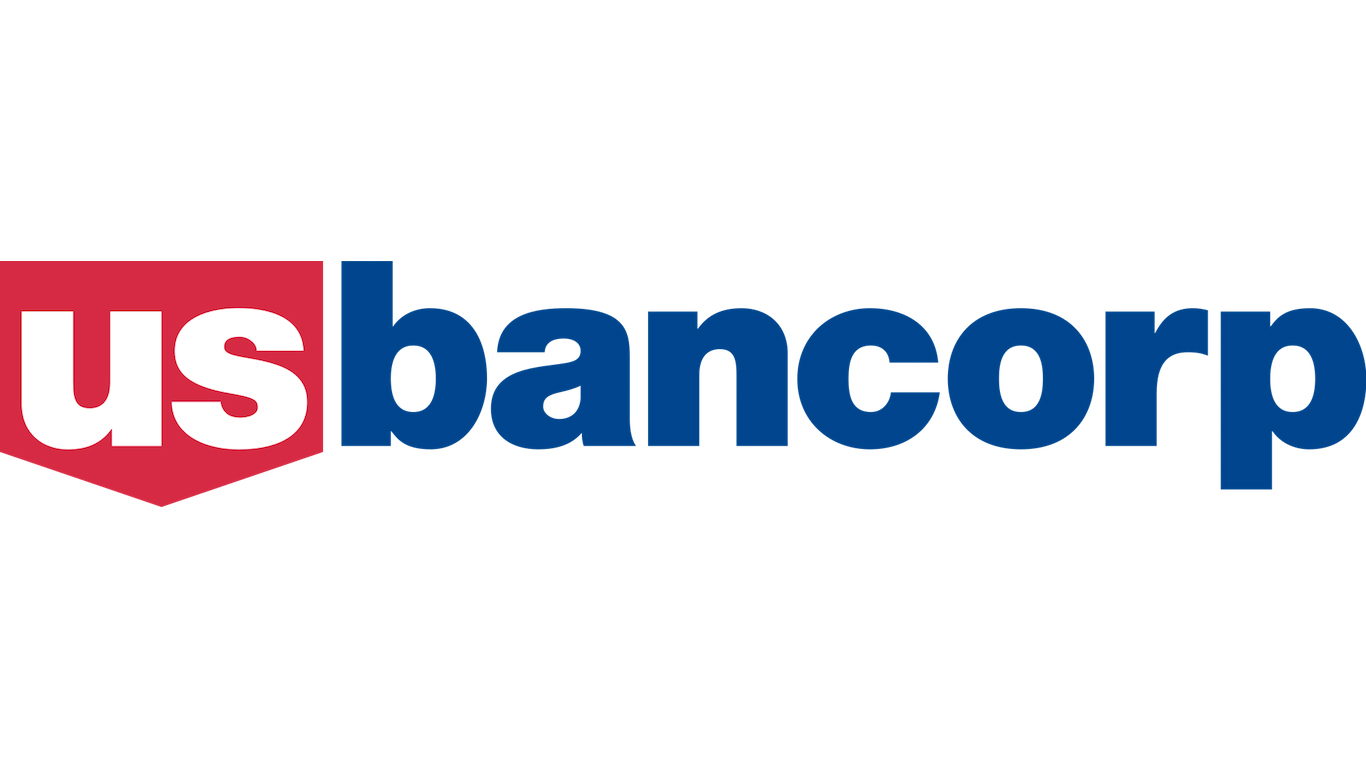Banking, finance, and taxes
Should Investors Really Sell US Bancorp?

Published:
Last Updated:

When it comes to America’s top banking and financial players, U.S. Bancorp (NYSE: USB) generally is deemed to be among the safest banks in the large-cap space. Its origins date back to over 150 years ago. It is expected to deliver slow and consistent gains on revenues and earnings, and it recently confirmed a healthy dividend hike.
At a time when investors are looking for safety among top banking stocks, why would Merrill Lynch be lining up so hard against it? The firm’s Erika Najarian downgraded the bank to Underperform from an already cautious Neutral rating, and its price objective was lowered to $53 from $55. That implies downside of about 5%, before factoring in the 3% dividend yield.
As a reminder, most analysts with Buy and Outperform ratings tend to come with a total return projection of 8% to 10% at this stage in the bull market.
One issue raised is that the revenue growth, even after having been trimmed, was still a tall order. U.S. Bancorp’s revenue growth range was revised to 5% to 7% from a prior 6% to 8%, noting slower overall economic growth and due to lower interest rates. Merrill Lynch’s concern is that this growth would still be above its realized revenue growth of about 4% per year in a time that included the benefit of rising interest rates.
Najarian’s new $53 price objective assumes 12.0 times earnings for 2020 about 2.4 times tangible book value. The report said:
At their 2019 Investor Day, management maintained its long-term efficiency (low-50%) and ROTCE (17.5% to 20%) expectations, driven by expense discipline and a stable U.S. economy. However, USB only modestly lowered its revenue and earnings expectations by 1 percentage point versus its previous targets. While USB made a solid case for “doing more” with its current client base, we think revenue growth of 5-7% and EPS growth of 7-10% will be difficult to achieve. In our opinion, USB’s premium valuation fully reflects the tailwinds supporting pre-provision net revenue growth, while execution risk isn’t being considered.
The investment rationale praises its operations but addresses concerns more than the gains:
USB is a high quality franchise with peer-leading returns. That said, we believe many of the EPS headwinds plaguing the bank, which have reached an inflection point, are fully baked into the bank’s premium valuation.
U.S. Bancorp is currently listed as the fifth-largest commercial bank and is the fourth largest based on branch locations. The bank also counts Warren Buffett and Berkshire Hathaway as the largest equity stakeholder, with nearly 132.5 million shares representing an 8.41% stake as of June 30, 2019.
Shares of U.S. Bancorp were last seen trading down two cents at $55.41 on Monday, in a 52-week range of $43.14 to $57.81 and a with a Refinitiv consensus price target of $56.52.
Retirement can be daunting, but it doesn’t need to be.
Imagine having an expert in your corner to help you with your financial goals. Someone to help you determine if you’re ahead, behind, or right on track. With SmartAsset, that’s not just a dream—it’s reality. This free tool connects you with pre-screened financial advisors who work in your best interests. It’s quick, it’s easy, so take the leap today and start planning smarter!
Don’t waste another minute; get started right here and help your retirement dreams become a retirement reality.
Thank you for reading! Have some feedback for us?
Contact the 24/7 Wall St. editorial team.